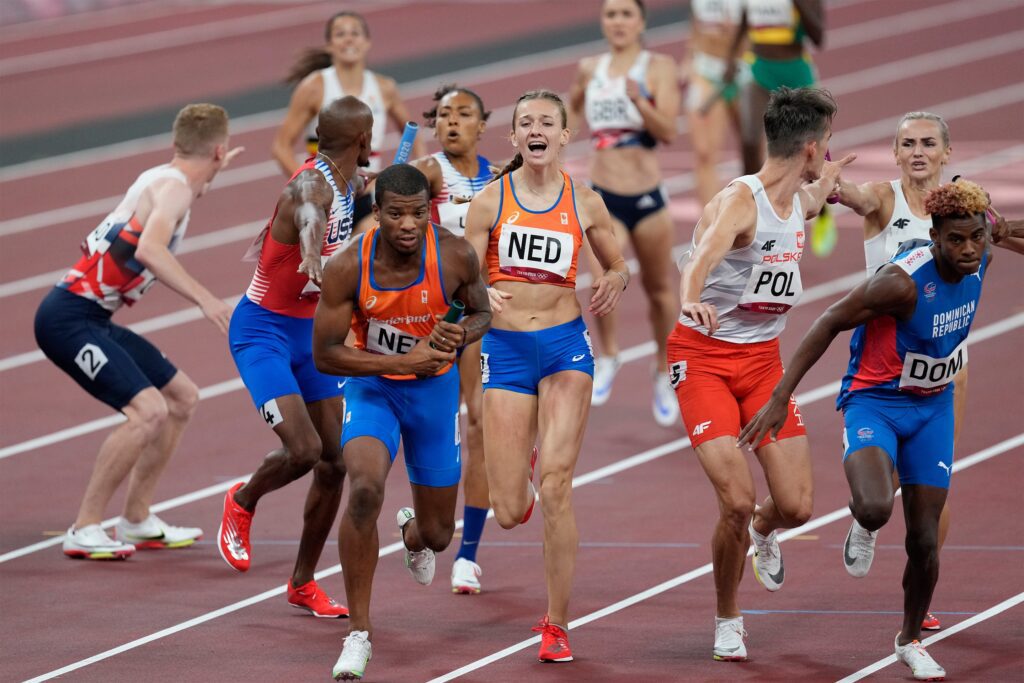Despite the rapid growth of esports, which has become a multi-billion-dollar industry in the past decade, women remain underrepresented in the sport. Only a small number of women play competitively, and these women face several obstacles. Factors contributing to this include cultural stereotypes, a male-dominated community, and physical differences between men and women impacting gameplay. Esports organizations are making efforts to create a more diverse, inclusive atmosphere for women. Progress toward gender equality in esports requires support from esports organizations, players, and fans. By fostering diversity and inclusion, esports can become a welcoming and equal space for all gamers.
The Role of Women in Esports: An Examination of Gender Equality in Competitive Gaming
Introduction
Esports has seen tremendous growth in the past decade, attracting millions of fans, athletes, and sponsors alike. Although it is a relatively new industry, esports has quickly become a multi-billion dollar business. However, amidst this progress, women continue to face obstacles. The industry is largely male-dominated, with women accounting for only a small percentage of competitive gamers, staff, and executives. This article will examine the different ways in which women are affected by and involved in esports, and the efforts being made to achieve gender equality in this field.
The Challenges Women Face in Esports
The underrepresentation of women in esports can be attributed to several factors. First, there is a cultural stereotype that gaming is a male-dominated activity. This is reflected in the lack of female characters and representation in many video games, as well as the language used in the gaming community that often alienates women. Second, the esports community has a reputation for being hostile, with reports of sexist, racist, and harassment incidents both online and offline. This can discourage women from participating or pursuing a career in esports. Third, there are physical differences between men and women that can impact gameplay, particularly in games that require quick reflexes or motor skills. Finally, there are logistical barriers such as limited access to resources, sponsorships, and teams for female gamers, as well as the lack of infrastructure to support female esports athletes.
Women in Esports: Increasing Representation
Despite these challenges, women are making their mark in esports. Female gamers have shown that they can compete at a high level, with notable names such as Sasha “Scarlett” Hostyn, who is one of the top StarCraft II players in the world, and Katherine “Mystik” Gunn, who was the top-ranked Halo player in the world before retiring. Esports organizations are also making efforts to increase diversity and inclusion. For example, the Women’s Esports League, organized by Gfinity, is a tournament series dedicated to developing female talent and providing a platform for recognition. In addition, teams such as Dignitas have established female-only rosters to help promote and support female gamers. Companies such as Intel and ESL have also launched initiatives to promote gender equality in esports through educational programs and scholarships.
The Future of Women in Esports
As esports continues to grow, there is hope for increased female representation and gender equality in the industry. However, progress will require a collective effort from esports organizations, players, and fans. Organizations must make a concerted effort to create a safe and welcoming environment for women, and promote opportunities and resources for female gamers. Players and fans can help support female gamers and break down the culture of toxic behavior that has plagued esports. The establishment of a supportive community will help foster diversity, inclusivity, and ultimately, lead to a better representation of women in esports.
Conclusion
Esports has the potential to become a truly inclusive, diverse, and equal industry. Although there are challenges presently facing women in esports, there is hope that through collective efforts, there can be a transformation in the esports world. The progress will require an all-hands-on-deck approach, with individuals, organizations, and sponsors working together to increase opportunities, combat toxicity, and promote gender equality in esports. By doing so, esports will be seen as a welcoming and inclusive space for all gamers, regardless of gender.
